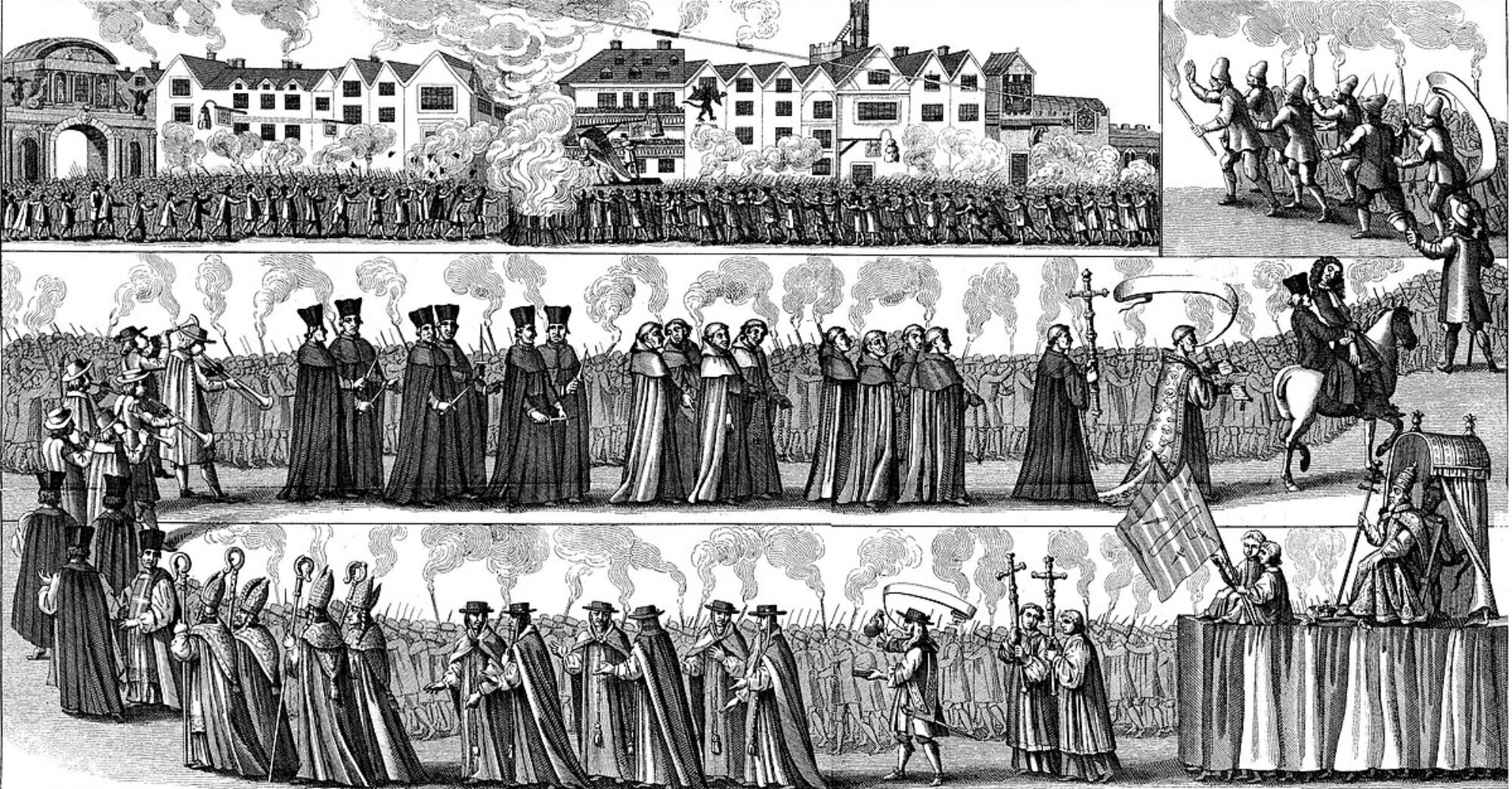When I was in high school I taught myself the physics necessary to take the AP physics exam. I did this by taking a physics textbook and doing all of the problems which had solutions in the back of the book. At the time I was doing this, I had just discovered Dire Straits “Brothers in Arms” album and that is ALL that I listened to when I was working on these problems. When I went off to college, I was sitting in my dorm room one day when I put on the Dire Straits and all of the sudden I notice I had this amazing urge to do physics problems. I had trained myself to do physics whenever I heard that one CD. It was as if Pavlov’s dogs had suddenly learned to do physics.
So now I actually use this technique to get work done. I play a single album or a single song over and over again when I’m working on a particular subject. Then, if I ever have a problem getting working on that particular topic, I pull out the appropriate song and whamo, I can’t help myself from getting work done.
Here is this month’s song for conditioning myself to get work done:

Placebo: “Protect me from what I want”
It’s that disease of the age
It’s that disease that we crave
Alone at the end of the rave
We catch the last bus home
Corporate America wakes
Coffee republic and cakes
We open the latch on the gate
Of the hole that we call our home
Protect me from what I want…
Protect me protect me
Maybe we’re victims of fate
Remember when we’d celebrate
We’d drink and get high until late
And now we’re alone
Wedding bells ain’t gonna chime
With both of us guilty of crime
And both of us sentenced to time
And now we’re all alone
Protect me from what I want…
Protect me protect me
